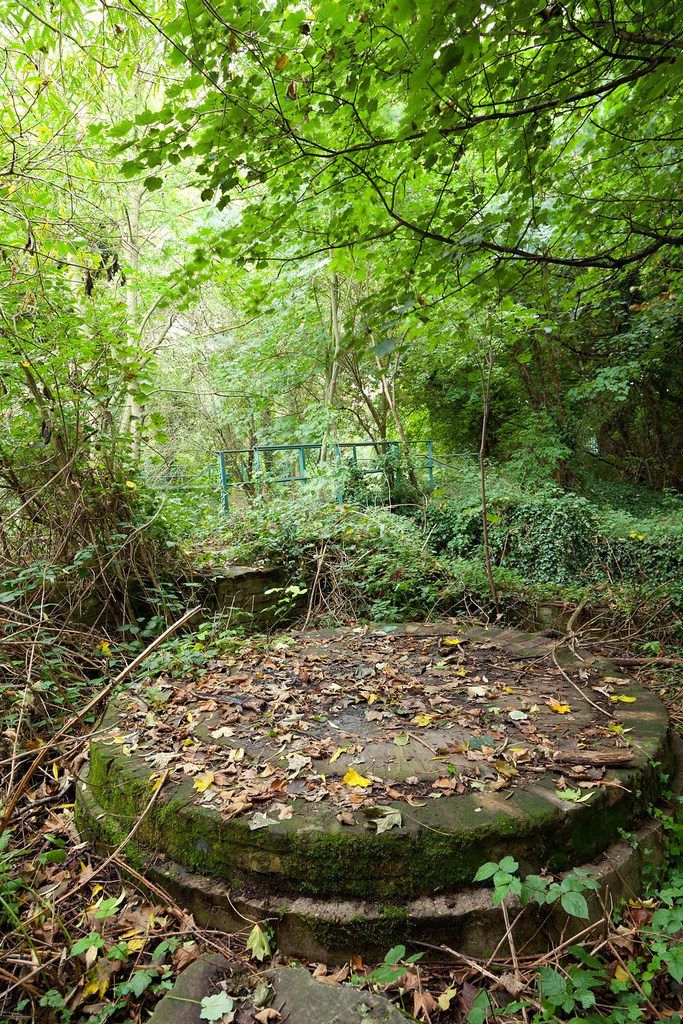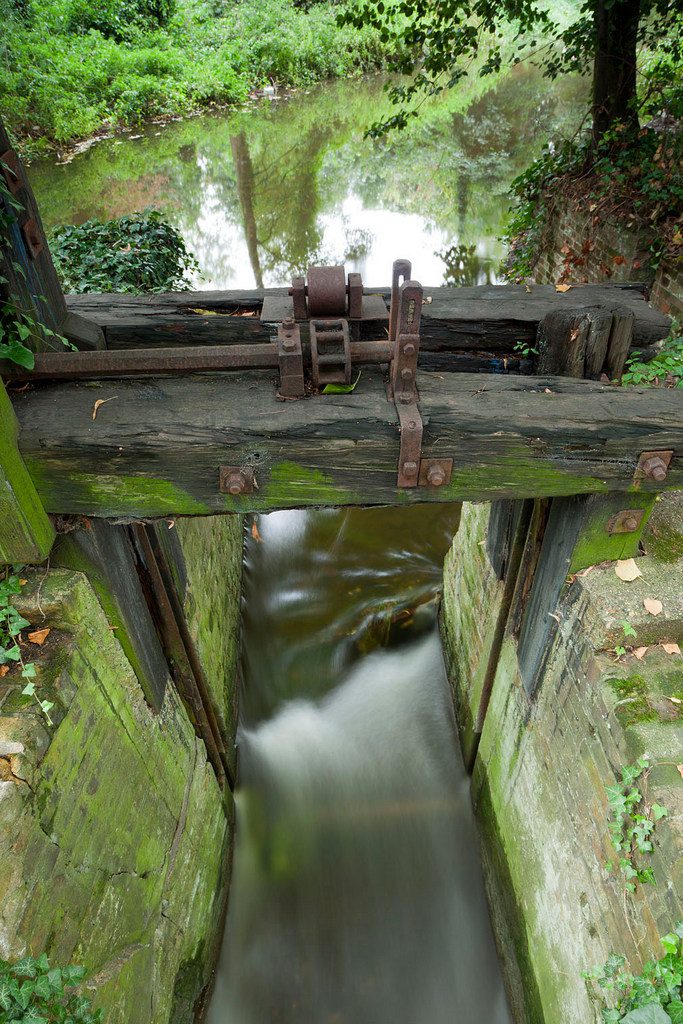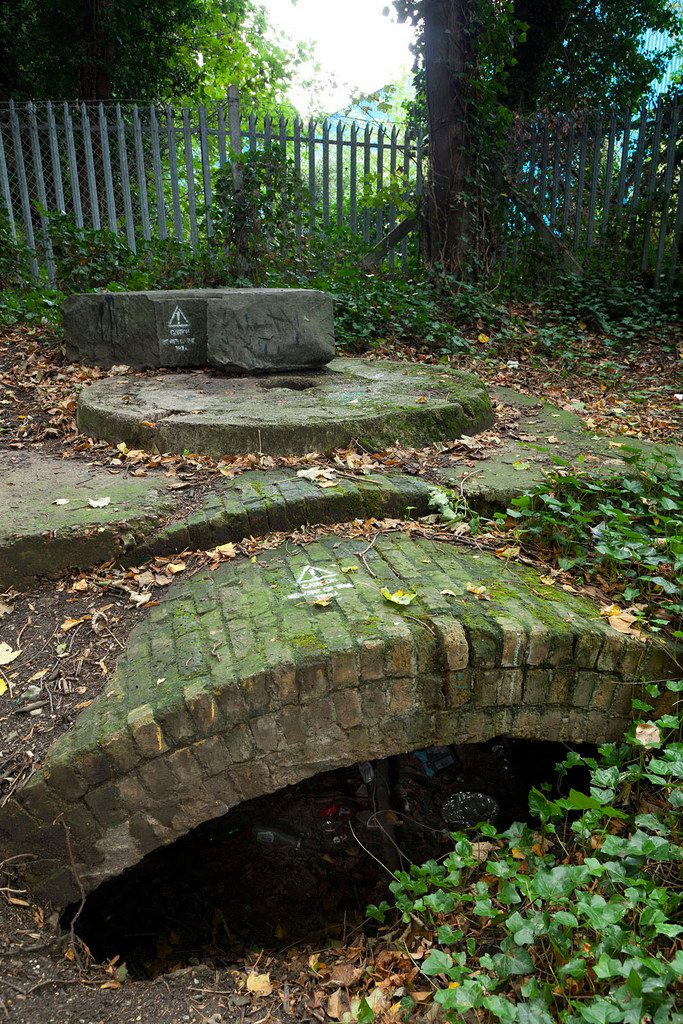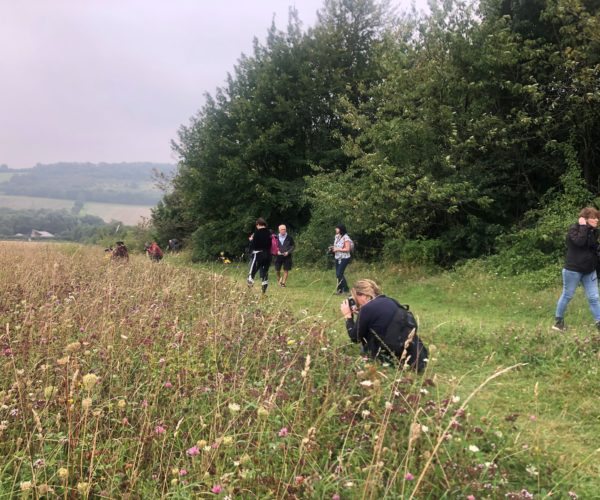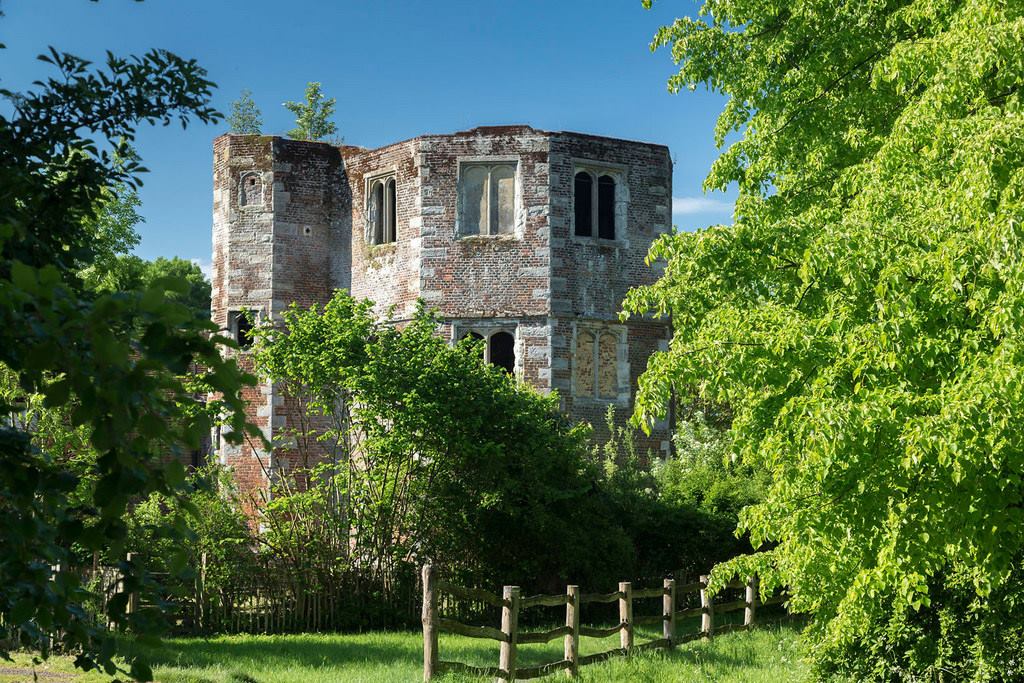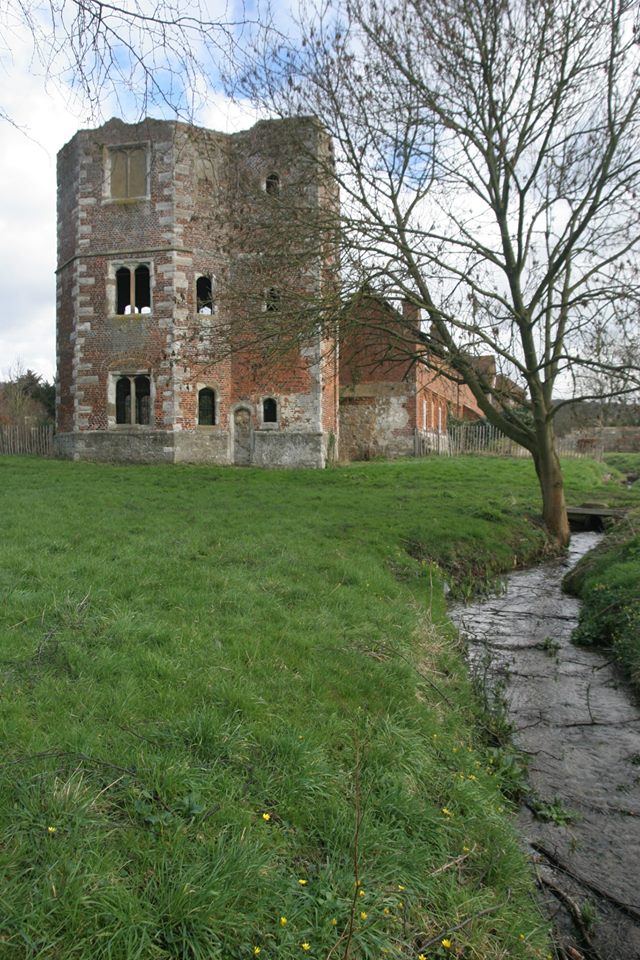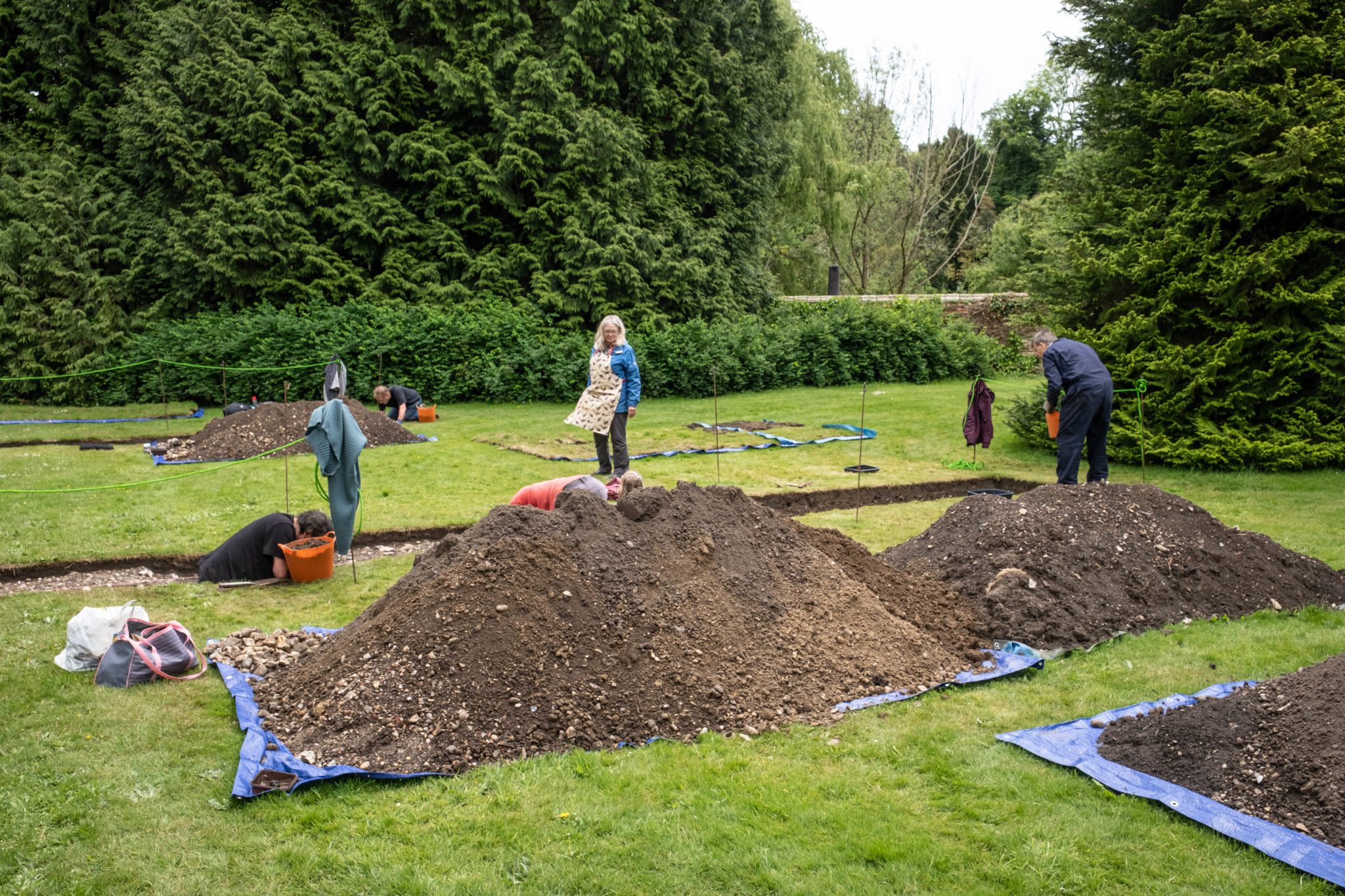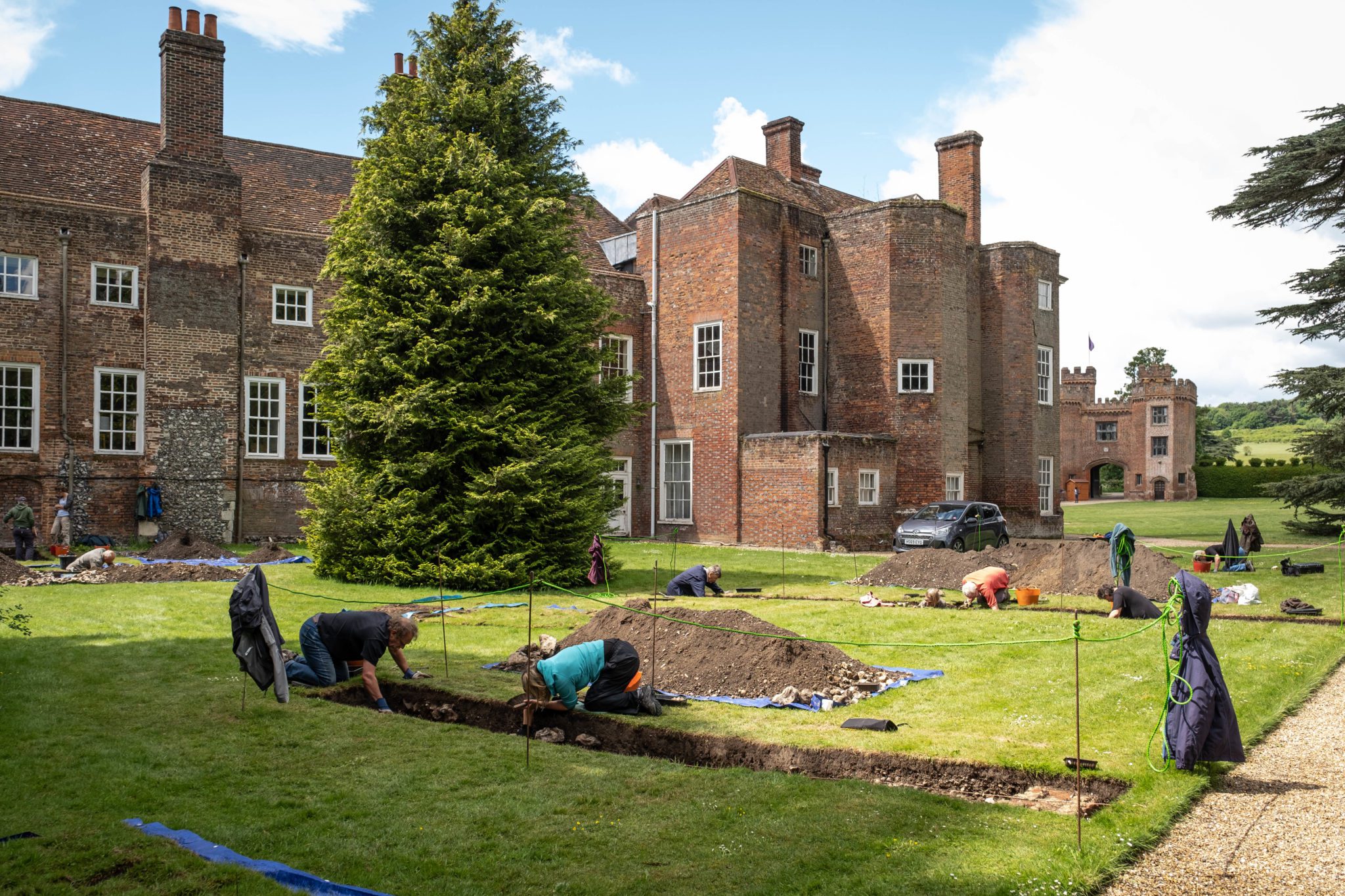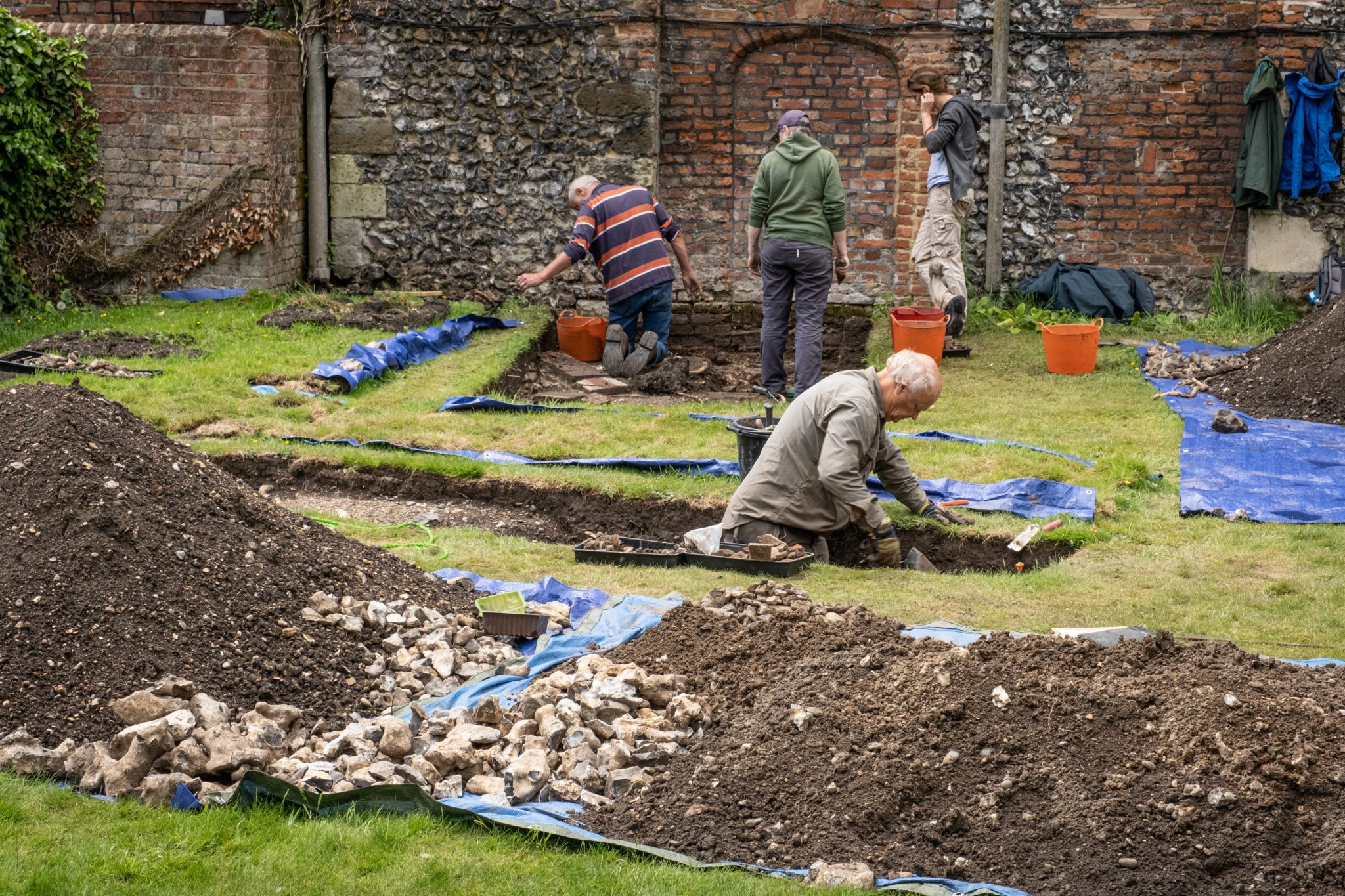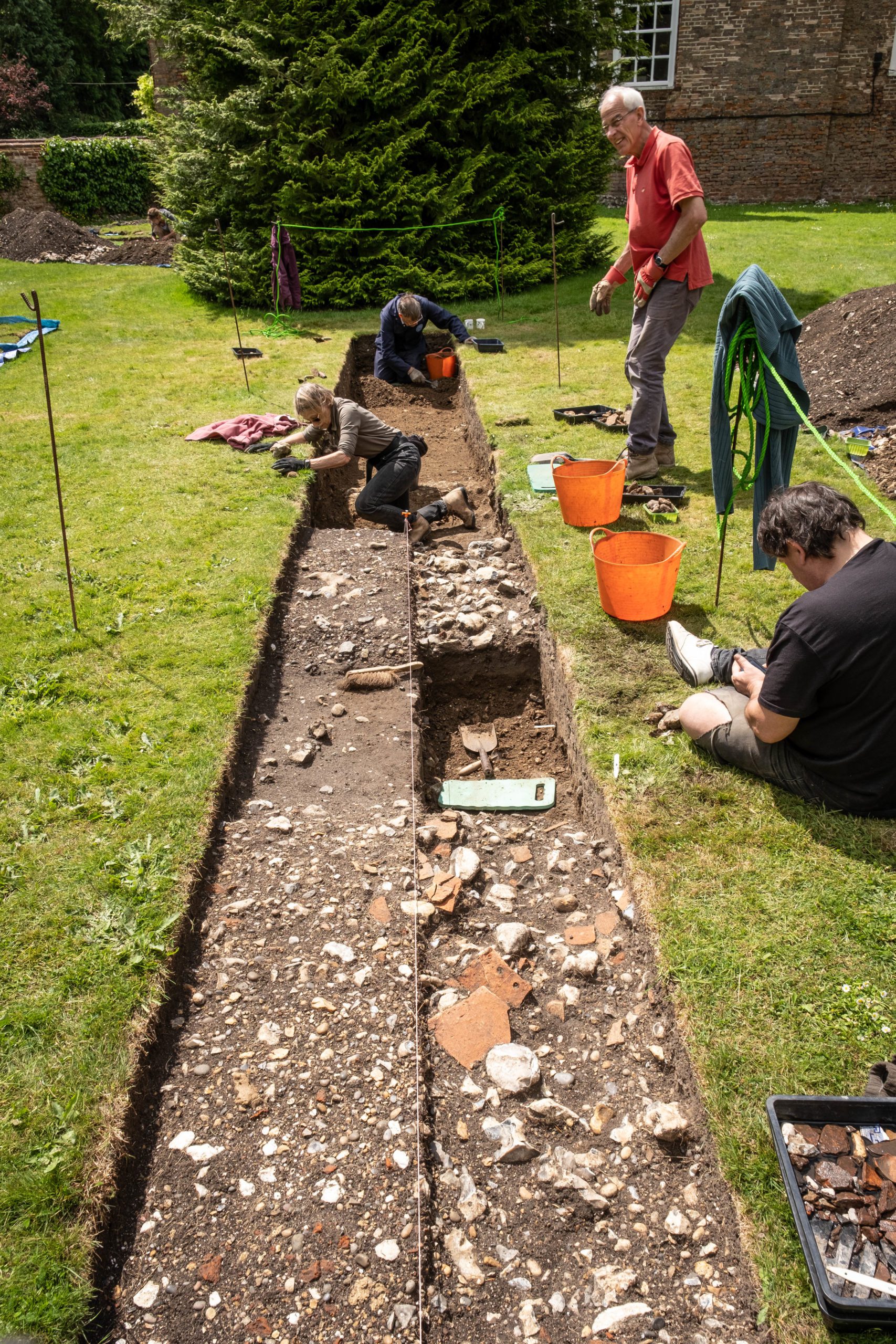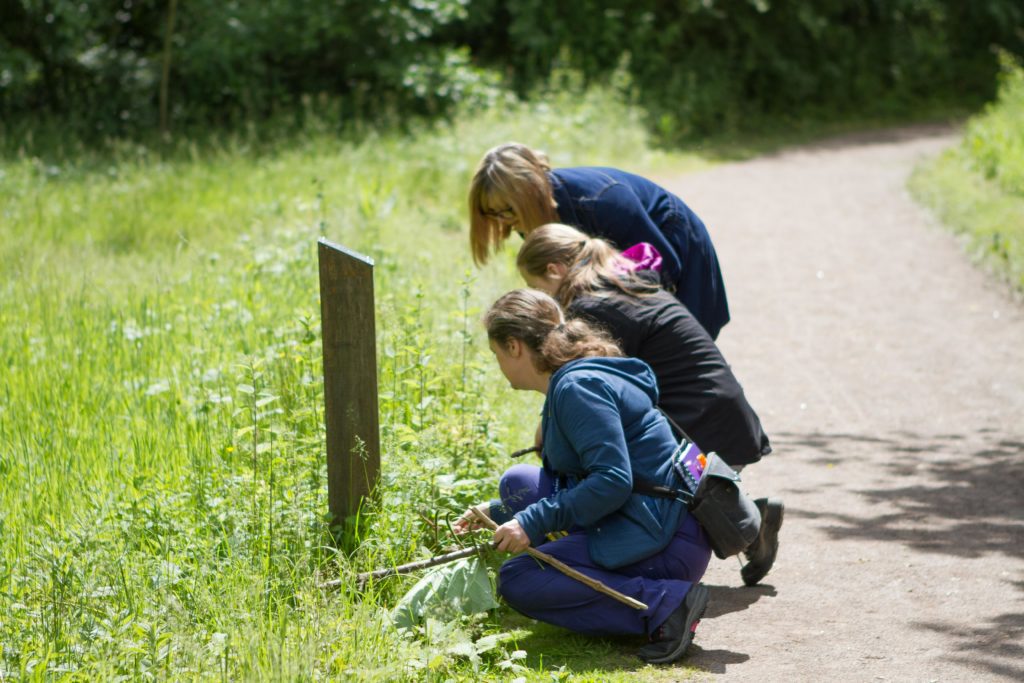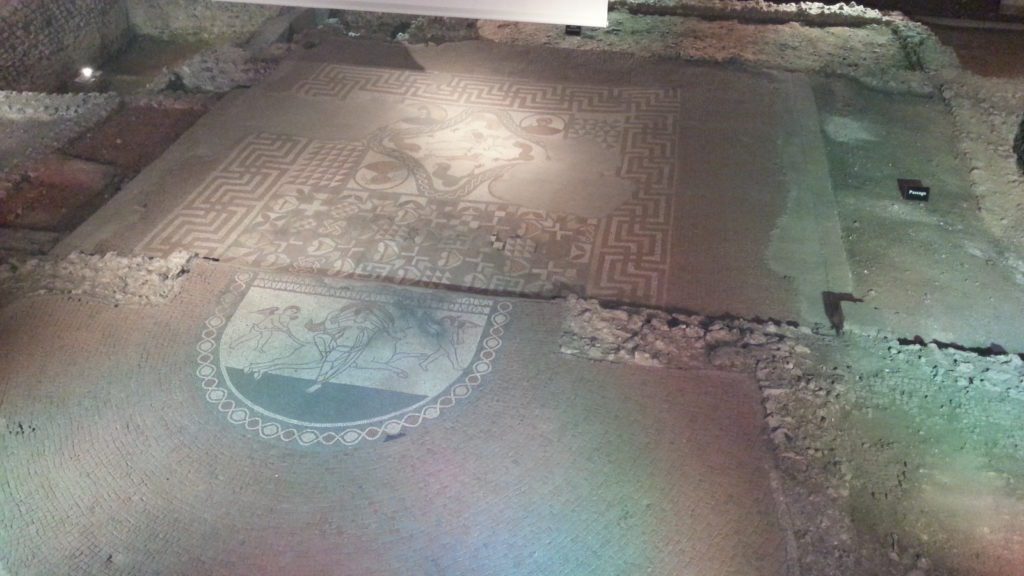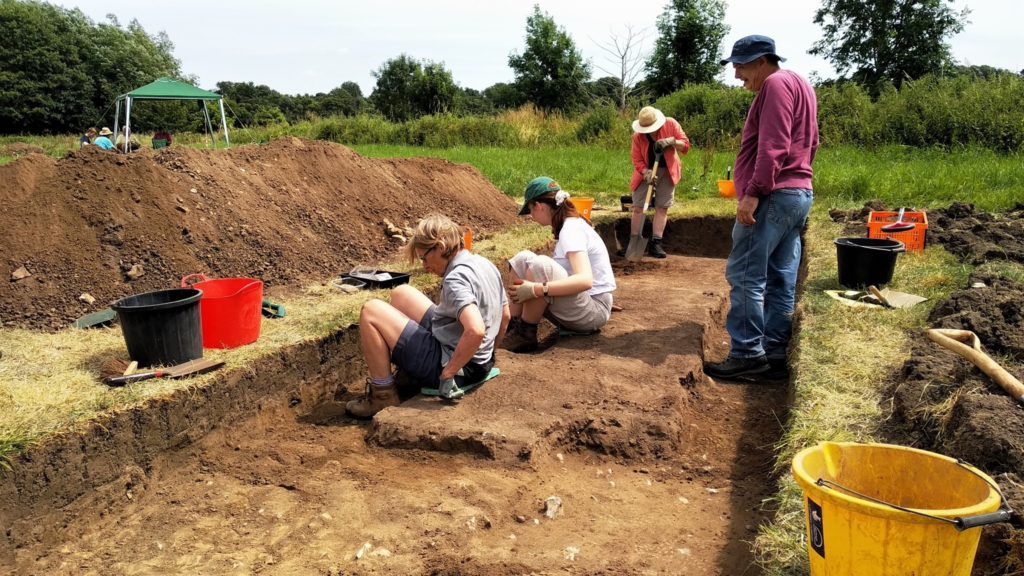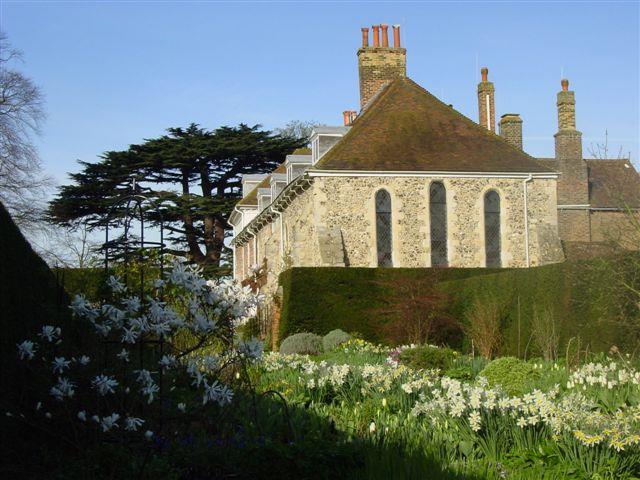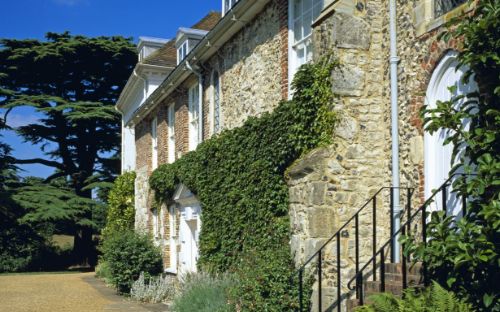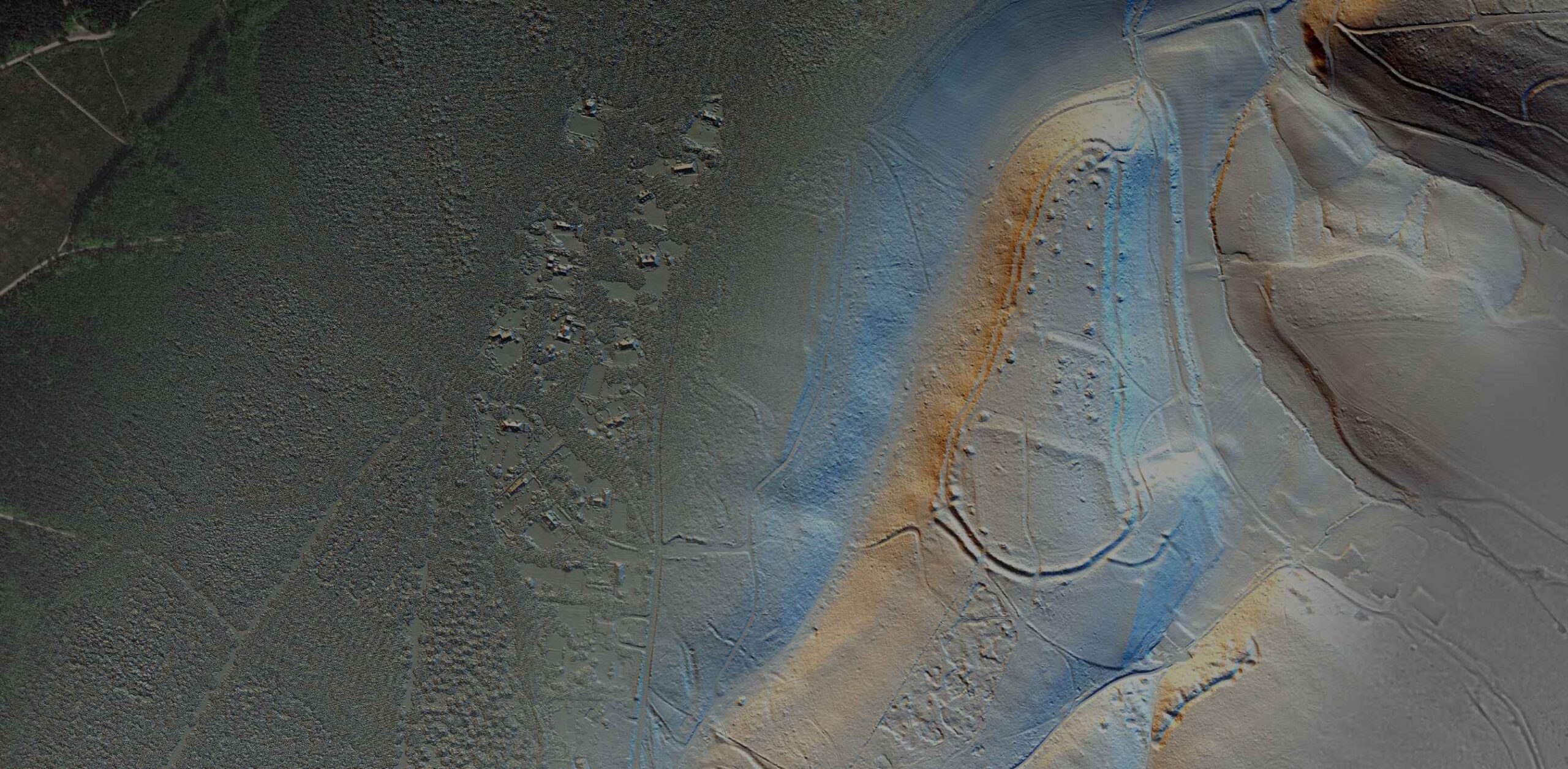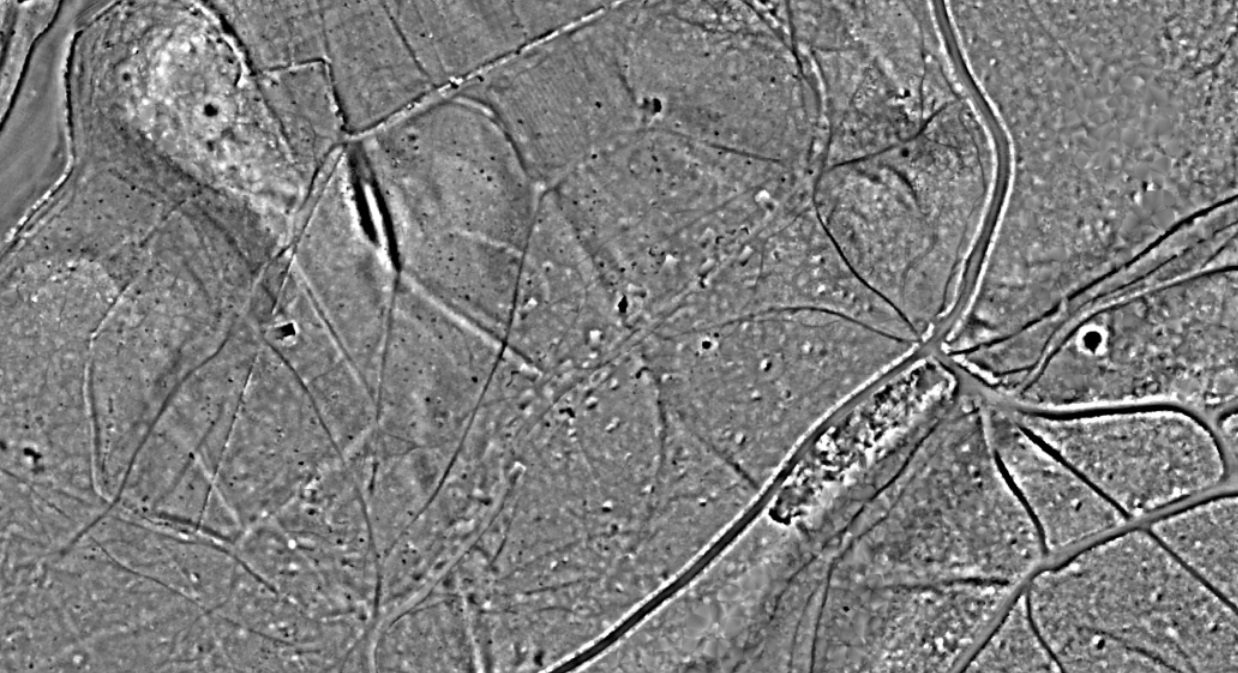Through archaeology and heritage projects, the stories of the Darent Valley are uncovered layer by layer. From medieval preceptories to ancient landscapes, these activities connect people with the valley’s past, offering new insights and hands-on opportunities to explore local history. Led with care and community involvement, they help shape a deeper understanding of this distinctive landscape.
Heritage Conservation
Dartford Powder Mills heritage and archaeology
The Dartford Powder Mills Heritage and Archaeology project focused on preserving and interpreting the historically significant Dartford Powder Mills. This project aimed to research and restore the site and make it more accessible to the public. Once one of the largest centres for gunpowder production in the 18th century, the mills hold great historical value but currently lack the recognition and preservation status they deserve.
Key Highlights
- Researching and documenting the history and development of the Dartford Powder Mills
- Commissioning a conservation management plan for the site
- Stabilising and conserving the mill structures and improving access for visitors and walkers along the Darent Valley Path
- The creation of engaging interpretation for the site
Otford Palace heritage and community engagement
The Otford Palace Heritage and Community Engagement project worked to engage the local community in the heritage and conservation of Otford Palace, a key Tudor-period monument in the Darent Valley. The project partnered with the Archbishop’s Palace Conservation Trust (https://otfordpalace.org/) to safeguard the future of the Palace and make it more accessible for the community. It also provided opportunities for the Trust and volunteers to undertake archival research and fieldwork which has led to new discoveries about the Palace’s history.
Key Highlights
- Undertook restoration work of the north-west tower of the Palace to help get the site off the Heritage at Risk register
- Collaborated with the Archbishop’s Palace Conservation Trust to find a viable and sustainable future for the site
- Supported the creation of new interpretation for the site and other local heritage around Otford
- Focused on community engagement through school workshops and celebration events at the Palace site
- Undertook a large-scale geophysical survey with the help of volunteers which provided new insights into the Palace’s history and details of its layout
- Trained volunteers in 3D scanning, archival work and finds assessment which is being applied to the Palace’s archaeological collections
Lullingstone Castle heritage and archaeology
The Royalty and Silk project focused on uncovering and interpreting the hidden heritage features of Lullingstone Castle near Eynsford, engaging the local community in its archaeological investigations during a community dig in 2022. The project built on previous research of the site, including a geophysical resistivity survey, and aimed to shed light on the house’s origins, its historic gardens, and the estate’s important role in the local landscape.
Key highlights
Archaeological geophysical surveys, including geophysical and magnetometry, investigate buried remains at the site, including the former moat and inner gatehouseuncover significant structures.
A community archaeology dig involving over 100 volunteers which investigated hidden heritage features, including a medieval refuse pit, the former moat which was filled in around 1800 and the Georgian and later landscaped garden
Stabilisation and conservation work of two 18th-century heritage-at-risk structures, the bath house and ice house
Improved access for visitors to the former pleasure gardens within the estate
Community archaeology
Exploring The Darent Valley’s hidden Roman legacy
The Darent Valley’s Hidden Roman Legacy project, focused around Lullingstone Roman Villa, offered the local communities the opportunity to engage with the region’s Roman past. It highlighted the importance of the Darent Valley during the Roman era and helped reveal the hidden Roman heritage that remains underappreciated.
Key highlights
- A three-year community archaeology project between 2019 and 2022 involving over 300 participants and hands-on engagement opportunities focused on Lullingstone Roman Villa and its role in the local landscape during the Roman period
- Volunteers were trained in archaeological techniques, including excavation skills, site recording and finds assessment
- A new online educational resource on the Roman Darent (https://www.english-heritage.org.uk/learn/teaching-resources/interactive-map-lullingstone-roman-villa-and-the-darent-valley/) was developed in collaboration with English Heritage to inspire future generations of archaeologists
- Volunteer support for other important Roman heritage sites in the valley, including excavations at the villa in Otford
St Johns Jerusalem
The St Johns Jerusalem community archaeology project provided an exciting opportunity to investigate the National Trust site of the medieval preceptory at St Johns Jerusalem, Sutton-at-Hone through volunteer fieldwork. The project provided valuable community engagement and skills training opportunities and contributed to further knowledge about the important rural site and its links to the Knights Hospitallers of the Order of St John of Jerusalem.
Key highlights
- Undertook a large community archaeology dig and geophysical survey of the site
- Commissioned topographical and building survey of the house and site’s development
- Improved interpretation and displays for the chapel
- Provided skills training for volunteers in archaeology techniques
Kent LIDAR Portal
Light Detection and Ranging Survey (LiDAR) of heritage sites
The LiDAR project involved a survey of the Darent Valley using advanced LiDAR technology which brought together volunteers to investigate local heritage sites of the Darent Valley. This survey gathered detailed data which enhanced the understanding of the valley’s landscape and its historical layers.
Key highlights
- Utilized LiDAR technology to create a large-scale high resolution digital terrain model survey of the entire Darent Valley landscape
- Volunteers underwent training and recorded possible heritage features through an online citizen science portal
- A field recorder app was created which allowed the volunteer team of Landscape Investigators to assess or ‘groundtruth’ features in the field
- A Historic Landscape Characterisation of the valley was undertaken which included the historic parishes of Westerham, Otford, Lullingstone, Sutton-at-Hone and Dartford
- The gathered data contributed to the Kent Historic Environment Record, enriching knowledge of the valley’s heritage.



